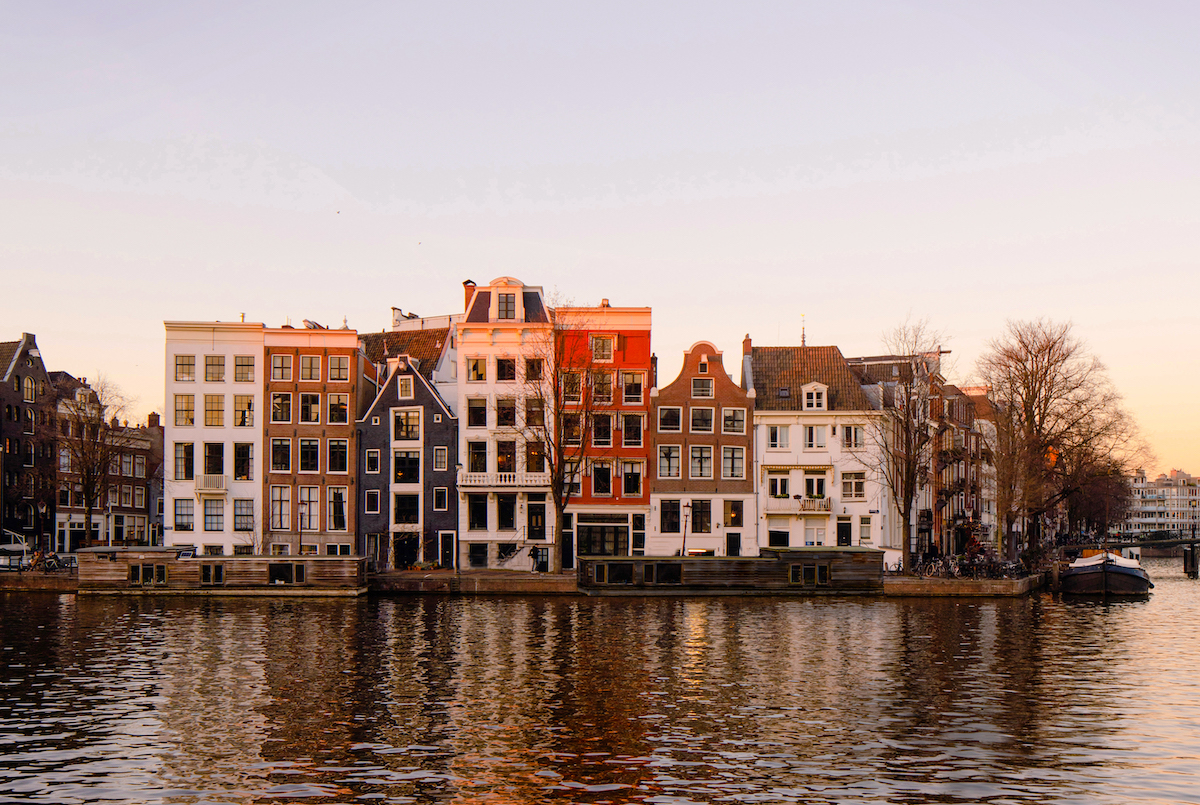More than a decade ago, I left my home-town of New York and traversed the Atlantic Ocean to Amsterdam in search of Rembrandt. My father, a doctor, had a small reproduction of the Dutch Golden Age master’s earliest group portrait, The Anatomy Lesson of Dr Nicolaes Tulp, hanging in his study for years. As a child, I was transfixed by the painting. As an adult novelist, I was determined to explore how a 26-year-old painter had managed to turn a gruesome public dissection into an enduring masterpiece.
Armed with a 10-month research grant, I moved to Amsterdam to try to reconstruct, through archival and historical documents, the events that took place in the winter of 1632 that led to the creation of this painting. In the old centre of Amsterdam, with its swan-dotted canals, tilted canal houses and narrow byways, it was easy to immerse myself fully in Rembrandt’s former world – because most of the key landmarks have remained astonishingly unchanged since his day.
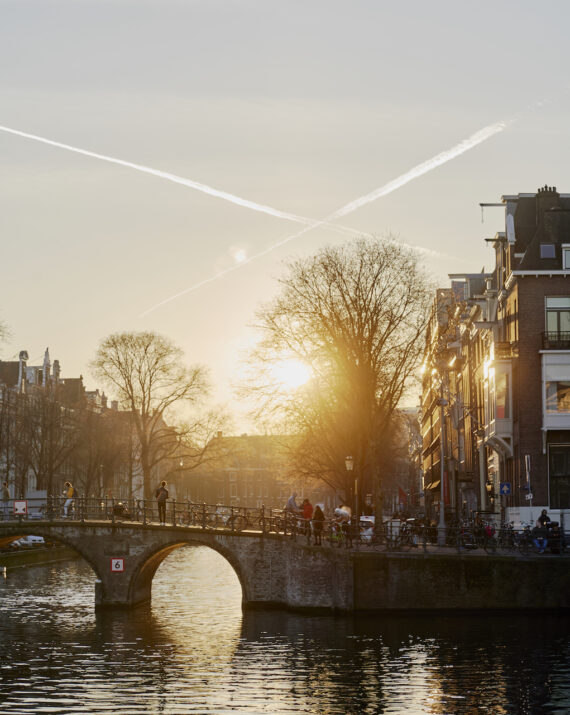
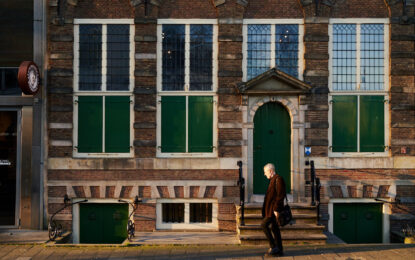
Rembrandt lived in and worked in Amsterdam’s charming old Jewish quarter. The anatomy lesson that Rembrandt commemorated in his painting had taken place in the 15th-century Waag, a castle-like former weighing hall located at the heart of the nearby Nieuwmarkt, which is now a bustling market square surrounded by popular cafés.
Visitors to Amsterdam today can still walk, quite literally, in the steps of Rembrandt. His most majestic home in the city, a 1606 mansion with a brick façade and red and green shutters, has been preserved and turned into the Rembrandt House Museum, where anyone can explore how the painter lived at the happiest and most productive period of his career. Printmaking demonstrations in his cramped former etching studio and pigment-preparation demonstrations in his light-filled painting studio bring his artistic practice to life.
Nearby, one can find the former locations of his other masterpieces: The Syndics of the Drapers’ Guild was painted in a building on the lovely Staalstraat, which is now the Droog design shop and hotel. The Dutch national treasure, Night Watch, once hung on the walls of the Great Hall of the Kloveniersdoelen, now the Doelen Hotel, on the edge of the Amstel River. Today, both of these works can be found at the Rijksmuseum, the Dutch national museum. The city’s oldest building, the 13th-century Oude Kerk, contains a tombstone for Rembrandt’s wife Saskia; while the 17th-century Westerkerk, now adjacent to the famous Anne Frank House museum, is the site where Rembrandt was buried.
That’s why he still hits you when you look at his art – the works go straight into your heart
I have now lived in Amsterdam for 12 years. My life here so far has been book-ended by two major commemorations of Rembrandt: 2006 marked the 400th anniversary of his birth in 1606, with exhibitions, events and theatre pieces about the artist’s life. This year is the 350th anniversary of his death in 1669. The Rijksmuseum is currently presenting its blockbuster exhibition, “All the Rembrandts” with its entire trove of 22 paintings, 60 drawings and more than 300 of his prints, as the centrepiece of a year of exhibitions and events. Museums across the world, from Madrid to London and the Louvre in Abu Dhabi, are showcasing more than two dozen exhibitions of Rembrandt’s works in honour of the remarkable artist. Right now, there is more Rembrandt to see than ever before.
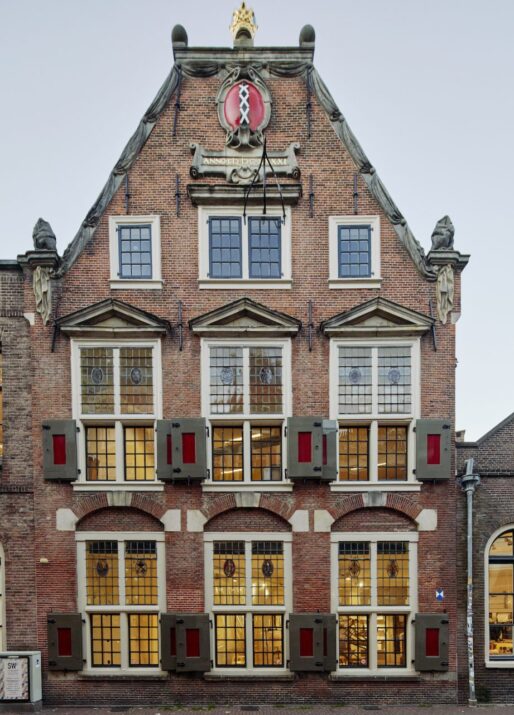
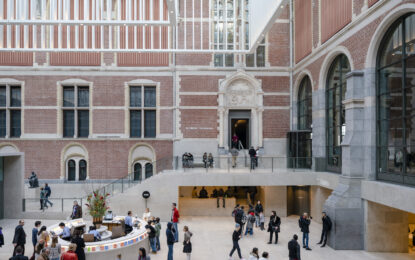
“What you will see in [“All the Rembrandts”] is that he is a rebel,” Taco Dibbits, the director of the Rijksmuseum, tells me. “He paints people as they are, in all their beauty and all their ugliness, and when he paints history paintings – stories from the Old Testament – he turns them into images that are as recognisable as possible with everyday people. That’s why he still hits you when you look at his art – the works go straight into your heart.”
Rembrandt was my introduction to Amsterdam, which is fitting, because the Dutch master was the central figure of the Golden Age and is linked to almost everything that has happened in Dutch art ever since. His images of daily life influenced the painters known as the fijnschilders; one example is his 17th-century successor Johannes Vermeer, who painted intimate domestic scenes of ordinary people at work, such as The Milkmaid in the Rijksmuseum. His portraits had an impact on contemporary Dutch photographers such as Rineke Dijkstra and Erwin Olaf, and the Amsterdam-based South African contemporary artist Marlene Dumas.
The light in Amsterdam is really amazing. It’s like living next to mirrors, because of all the reflections
This lineage isn’t merely seen in the hallowed halls of the Rijksmuseum and Rembrandt House, but in the city’s extraordinary contemporary museums: the Van Gogh Museum, which has the world’s largest collection of works by the 19th-century artist anywhere in the world, and the Stedelijk Museum Amsterdam, a contemporary art and design museum that explores developments in Dutch and international art – movements such as CoBrA, De Stijl, Neoplasticism and Nul – as well as international trends in art.
The influence and legacy of the Golden Age painters are still laced through the city. Rembrandt made his career here from his 26th year until he died at age 63. It’s here that he made nearly all of his paintings, including his masterpieces, such as Jewish Bride, The Syndics of the Drapers’ Guild, Night Watch and The Anatomy Lesson. His subject matter was not the city itself, but its people: the beggars and hurdy-gurdy men and old men and women he sketched and etched in the streets, as well as the merchants and burghers who hired him to portray them in large-scale oil paintings on commission.
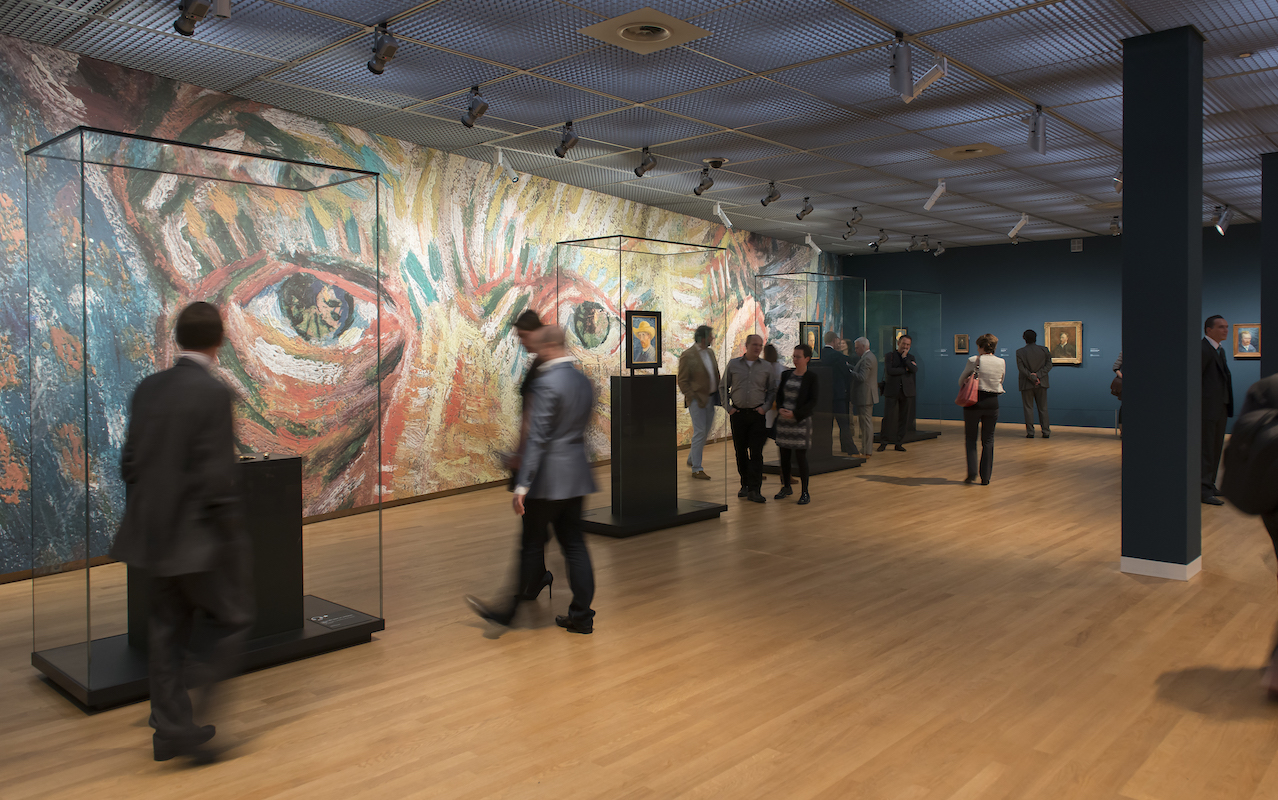
The Netherlands-born painter Vincent van Gogh didn’t live in Amsterdam, but he visited the city and the newly opened Rijksmuseum in 1885, where he saw Rembrandt’s Jewish Bride, and wrote that he would gladly give 10 years of his life to sit for two weeks before the painting, “with barely a crust of dry bread to eat”. He particularly admired Rembrandt’s thick use of paint, a technique known as impasto, which van Gogh went on to employ in his most famous works, such as Wheatfield with Crows and Sunflowers, now part of the permanent collection of the Van Gogh Museum, situated a stone’s throw from the Rijksmuseum.
In turn, Van Gogh’s brushwork, use of colour and way of seeing have influenced modern painters such as Britain’s most famous living artist, David Hockney, currently the subject of the exhibition “Hockney/Van Gogh: The Joy of Nature” at the Van Gogh Museum. “I’ve been deeply influenced by Van Gogh,” said Hockney during his visit to Amsterdam for the opening of the show recently. “Van Gogh to me is a contemporary artist.”
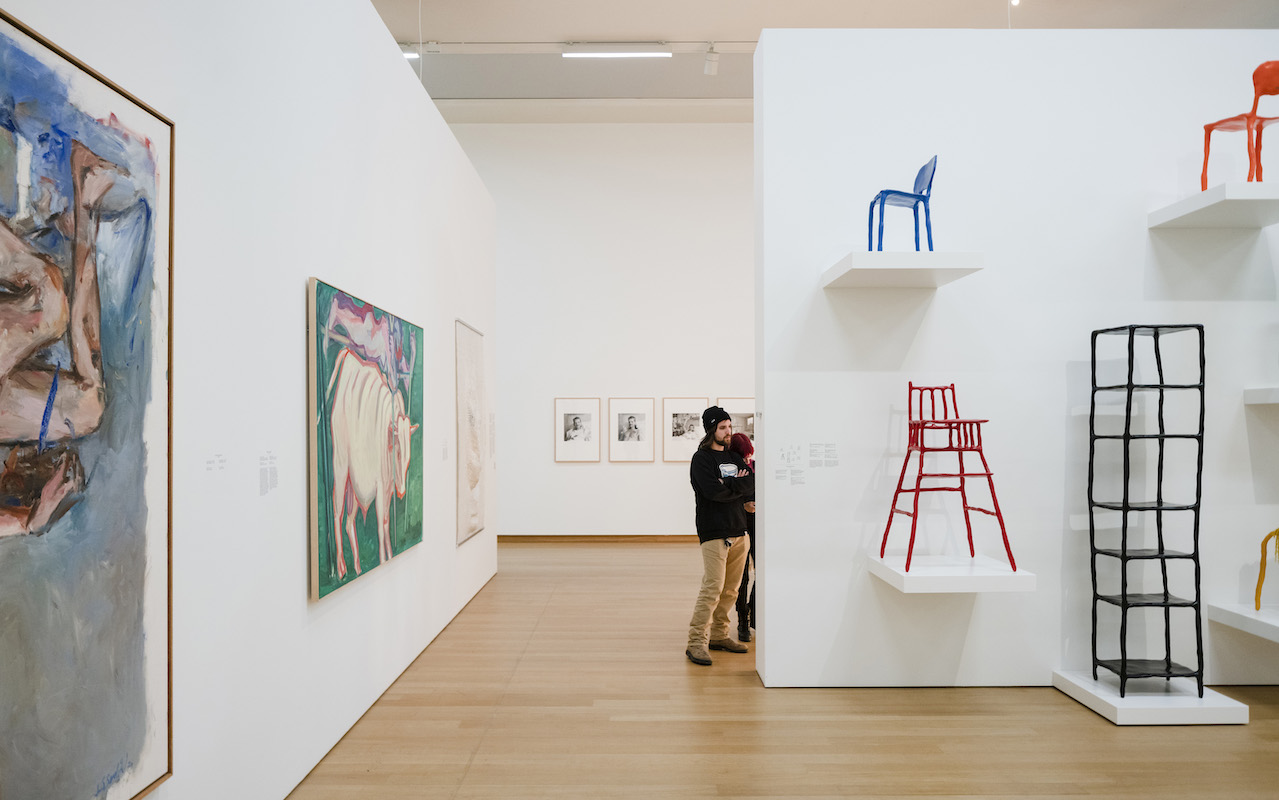
Some 75 years after Van Gogh’s museum visit, the photographer Ed van der Elsken, like Rembrandt, was also moved by the people on Amsterdam’s city streets, capturing images of ordinary citizens as they went about their daily lives. “Amsterdam was really his studio,” says Annet Gelink, one of the city’s leading contemporary art dealers, who represents the Ed van der Elsken estate. “The whole way he shot photos came from the city. He was a real Amsterdammer and he had that loose Amsterdam approach. That’s why the pictures still have so much of a sense of the city. They feel the freedom that was there in the city in the ’70s and people are perhaps missing that a bit, which is maybe why the pictures are so popular right now.” Van der Elsken will be the subject of a major retrospective opening in May at the Fotomuseum in The Hague, 65km from Amsterdam.
Younger contemporary artists, too, say that both the artistic milieu and the rich cityscape itself are important sources of inspiration for their work. The British artist Rowena Dring, who has lived in Amsterdam since 2001 and makes landscape-based paintings using stitched textiles, says that her art has often been inspired by works she’s seen in the Rijksmuseum, Van Gogh Museum and Stedelijk. “I had a whole series of pieces that I made in the Vondelpark that came out of spending a lot of time in the Van Gogh Museum and looking at the Japanese prints there,” she says. “The light in Amsterdam is really amazing. It’s like living next to mirrors, because of all the reflections that come off the canals. You have different skies that come off of it and all of these elements are important parts of my work.”
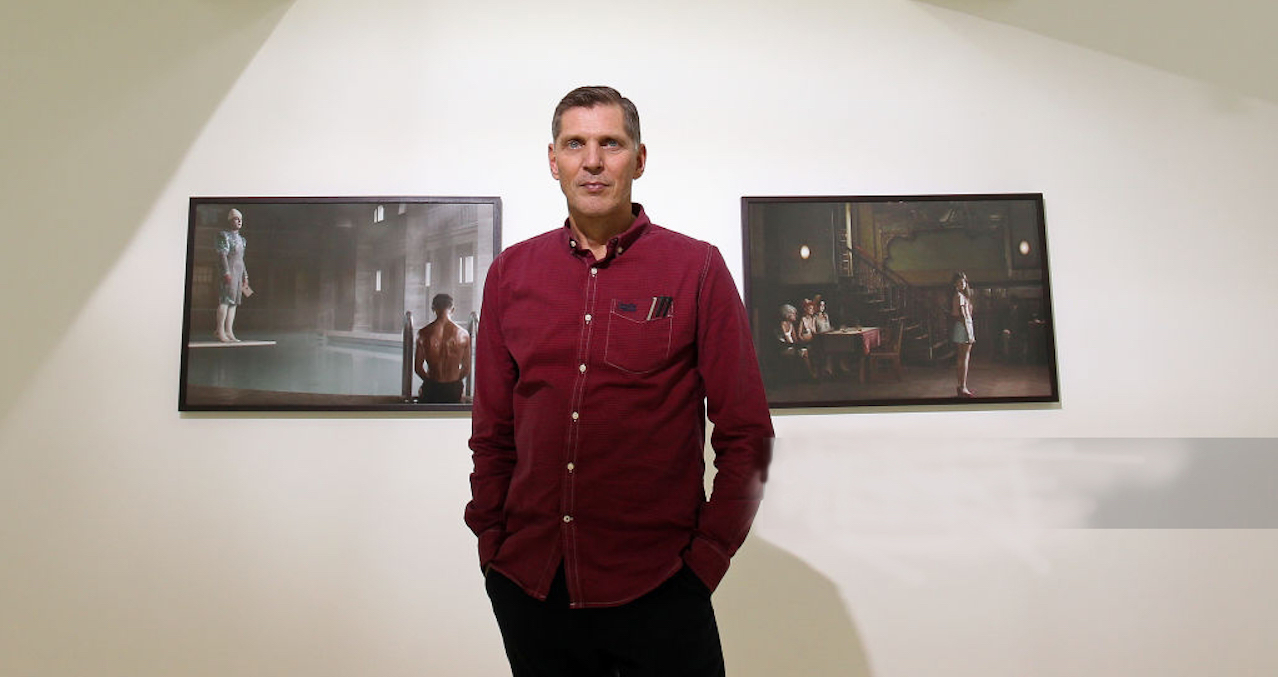
Recently, I was at the Amsterdam studio of contemporary art photographer Erwin Olaf, who turns 60 this year, interviewing him for a major double retrospective at the Gemeentemuseum and the Fotomuseum, both in The Hague. His work seems far removed from the Golden Age, but he told me that one of his first inspirations as a young artist was Self-Portrait by Rembrandt, in which the artist’s wild, tousled ginger curls cast his own face into shadow, from about 1628, which he saw in the Rijksmuseum (and which is part of the current “All the Rembrandts” exhibition). “That little self-portrait is still intriguing to me because it’s quite emotional and it also plays with light in a way that you nearly only see in photography,” he said. “For me that was a kind of starting point when I was working in the studio.”
This coming June, 10 of Olaf’s photographs will be shown at the Rijksmuseum alongside 10 paintings by Dutch Golden Age masters such as Rembrandt, Gerrit Dou and Frans van Mieris from the 17th and 18th centuries. For me, Olaf’s fascination with Rembrandt is just another indication of how persistent and indelible the latter’s influence has been, even on artists working in completely different mediums, exploring 21st-century subject matter and themes.
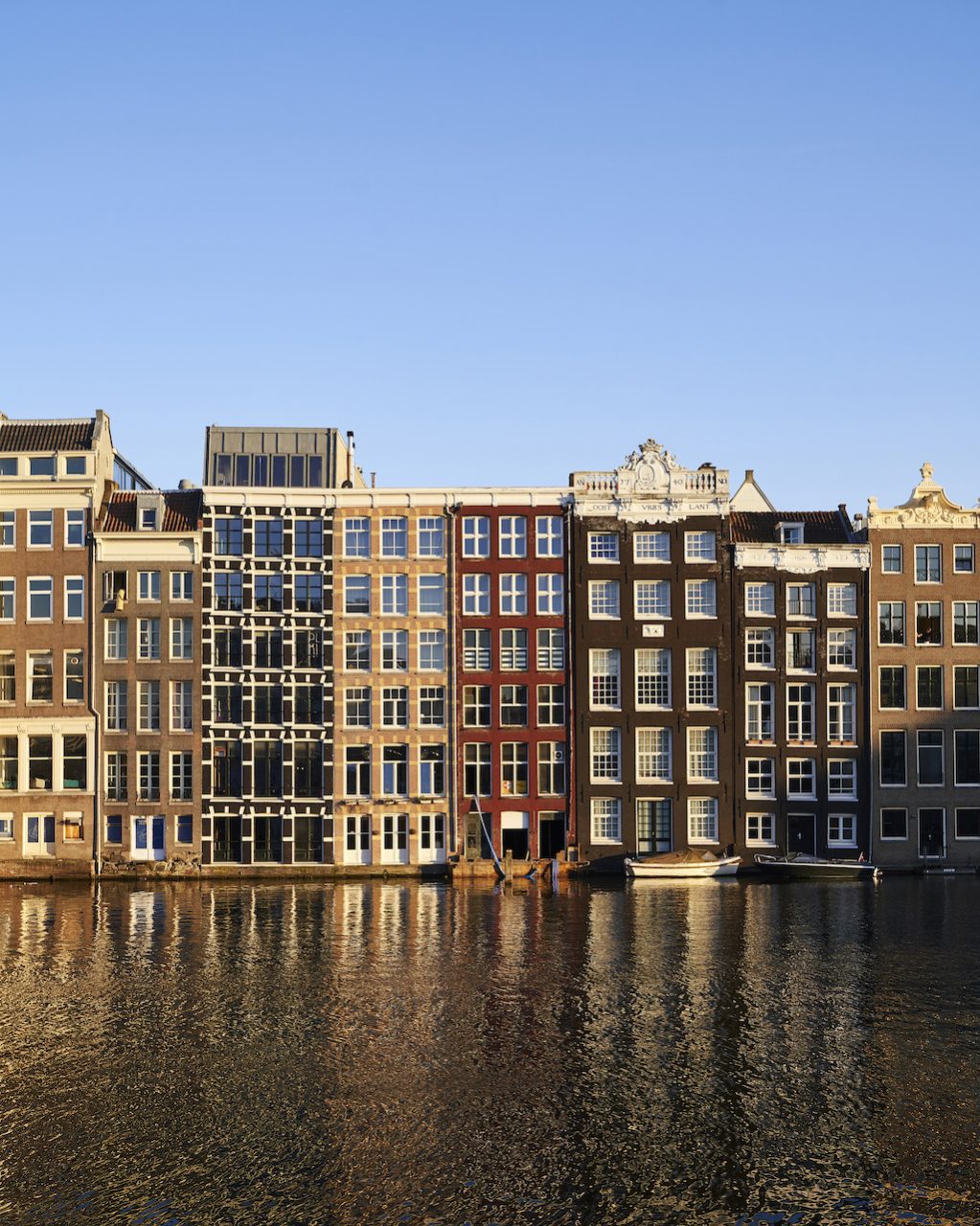
Of course, the relationship between Olaf’s photos and the Golden Age art “is not always a one-to-one relationship” says Hans Rooseboom, the curator of photography at the Rijksmuseum who has organised the Olaf exhibition. “There’s always something to connect the two, but it’s not so rigid. It’s about things like light, how you pose people in a room, how a dress falls, how much light there is in someone’s eyes. It’s about the details that might be in common, even if the images might be different.”
Singapore Airlines flies to Amsterdam daily. To book a flight, visit singaporeair.com
SEE ALSO: In Amsterdam, the kruletter is getting a new lease on life
This article was originally published in the April 2019 issue of SilverKris magazine

